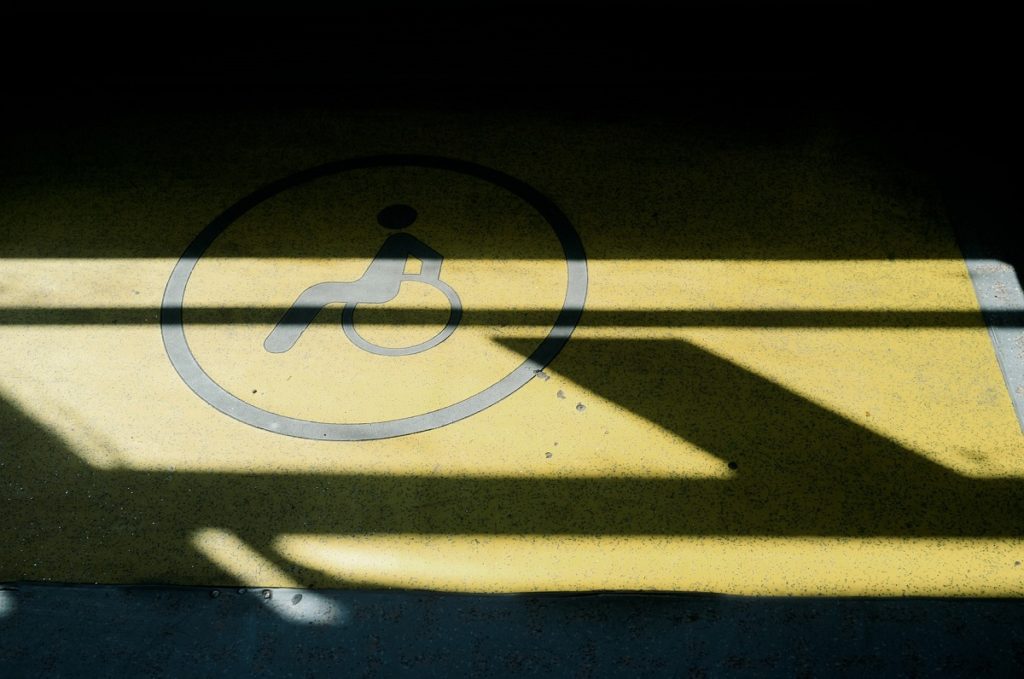While persons with disabilities are uncomfortable with getting pity, many treat them differently out of pure intentions: sympathy and courtesy. People allow them to cut lines, which is why Disney made them a priority with its Disability Access Service (DAS) program.
However, in 2013, inconsiderate rich people took advantage of people’s sympathy by hiring people to act crippled to cut lines. In one instance, a Manhattan mom hired tour guides with real disabilities to pose as family members, just so her kids can make it to the front of the queue.
Disability has become a societal imposition on persons with impairments, which we usually identify through medical aid, such as a wheelchair.
But beyond the social stigma, what does disability really mean in medical terms?
Disability in General
Disability is any condition of the body or mind that makes it harder to perform certain activities. It can be chronic or temporary. The latter is more common, and most people have actually suffered temporary disability sometime in their lives.
Temporary Disability
More than one in four young adults are likely to experience a disabling condition before retirement, causing them school or workdays. 5.6% of America’s workforce will experience a short-term disability for six months or less. This may be due to injury, disease, or pregnancy.
The healthcare industry is now putting more effort into accommodating patients with temporary disabilities. In the risk management sector, Insurance MD expanded their services to offer more specialty disability packages, including ones customized for dentists and physicians.
Acquired/Chronic and Permanent Disabilities
For some, a disability could be a chronic condition that may occur since birth or later in life. The UN Convention on the Rights of Persons with Disabilities defines it as a “long-term physical, mental, intellectual, or sensory impairment which… may hinder [a person’s] full and effective participation in society on an equal basis with others.”
Disability is determined by a person’s ability to perform daily activities. The Americans with Disabilities Act of 1990 provided a list of conditions that could be considered disabling, such as deafness, post-traumatic stress disorder, and autism. But this list isn’t exclusive.
Experts are discovering more conditions that impair daily function. Some of these may not even be apparent.
Invisible Disability
It does not display symptoms or manifests itself as a paralyzed part of the body. Since the impairment seems inexistent to anyone but the person himself, friends and family may not understand why he’s acting a certain way. It may even cause disbelief from persons of authorities, which happened to children before scientists discovered dyslexia.
Dyslexia: The Disability Shows in Brain Scans

Medical scans have demonstrated that the brains of dyslexic children work differently from average brains. Areas in the left hemisphere of the brain are important for reading and comprehension. These should automatically process words and letters as you see them.
For people with dyslexia, this part of the brain isn’t triggered when they try to read. Instead, other parts of the brain light up and try to make it work. However, these other parts are not specifically designed for the cognitive skill of reading, and so they work harder to finish something that the left hemisphere could instinctively do.
Thus, a person with dyslexia works harder than a non-dyslexic, but they achieve fewer results. And their teachers only notice the results.
For a child, having this hidden disability can be frustrating. Dyslexic children are often misunderstood to be intellectually inferior when reading has nothing to do with intelligence. There are also a lot of myths surrounding the condition. A common one is that people with dyslexia see letters of a word in jumbled order or reversed, but there’s more to it than that.
Dyslexia is different for almost every other patient, which may be why it’s been hard for psychologists to formalize a list of its types and kinds.
Changing Views
As we progress as a society, people are advocating politically correct terms. Rather than using the terms “handicapped” or “disabled persons,” advocates have proposed using alternative terms such as “embodied differences” and “persons with disabilities.”
For example, rather than looking at dyslexia as a disease, it can be considered a variation of the human brain. We are all built differently, and the brain of a person with dyslexia is just one form it could come in.
Normalizing Disabilities
Despite the term, disabilities do not prevent a person from achieving success. Notable persons with disabilities have contributed greatly to our society, such as Stephen Hawking and Erin Brokovich. By not defining people by their condition, we can all be equals and achieve together.




